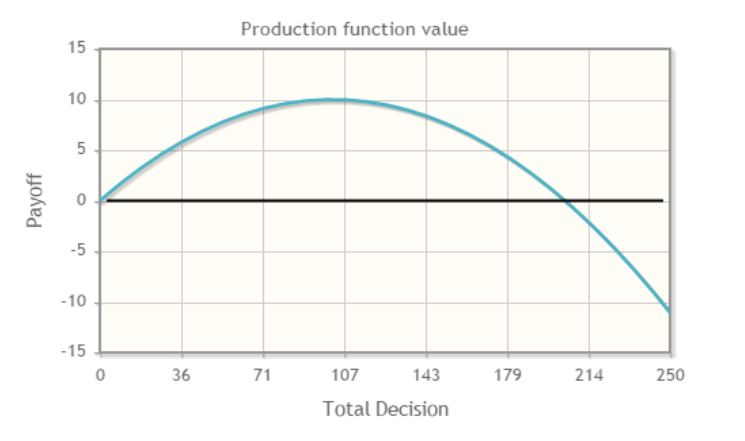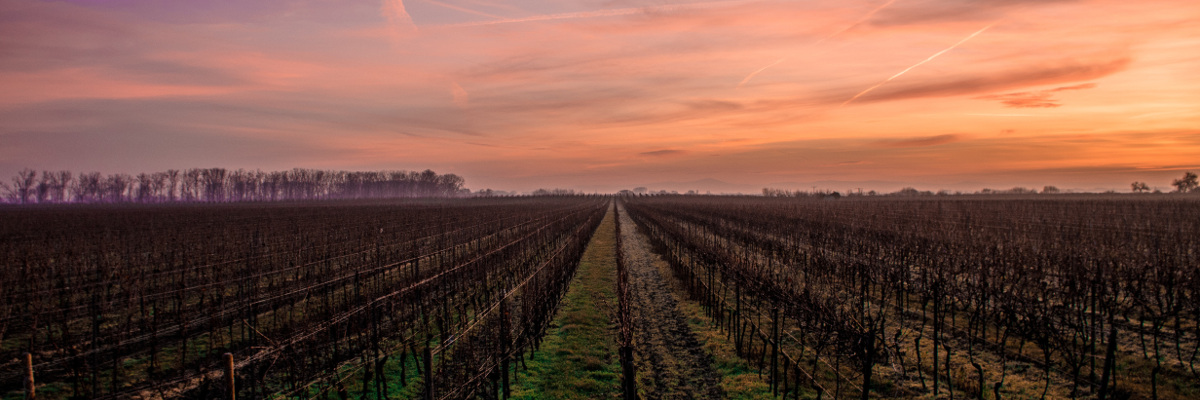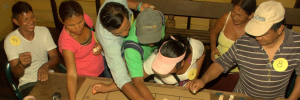Last time we talked about common-pool resource dilemma. The rationale behind the problem suggests that the tragedy may be, as in the Greek theater, inevitable. But is it?
Imagine that you and your friends live in some remote area and use common fishery.
The situation is the same as in Hardin’s pasture. Each of you has the incentive to earn more money by increasing your fishing effort. But would you actually do it?
I really dare you to think about it and to try. Go to https://play.games4sustainability.com, create moderator account and try A Common Dilemma game with your friends, acquaintances or coworkers. The model behind this simple simulation is based on experimental design created presented by Ostrom, Gardner and Walker1. Both, original game as its online counterpart are the exact representation of problem described in Hardin’s article2.
Each player’s revenue is proportional to his or hers investment into the resource:
revenue = harvest * price of the resource
Costs, on the other hand, depend both on decision of the player and on the joint harvesting effort of the whole community:
cost = cost parameter * harvest * harvest of the whole community
This creates the situation presented in following plot:

As you can see, at the beginning, the more group use the common-pool resource the more they earn. But after reaching the maximum value of production function increasing the harvest brings more costs to the whole community than additional income. It may even cause the situation where the income of all participants will be negative, costs will be higher than the income. Still, when most members of the group tend to restrict their use of the resource, the ones who would increase their harvest will be able to boost their profit.





